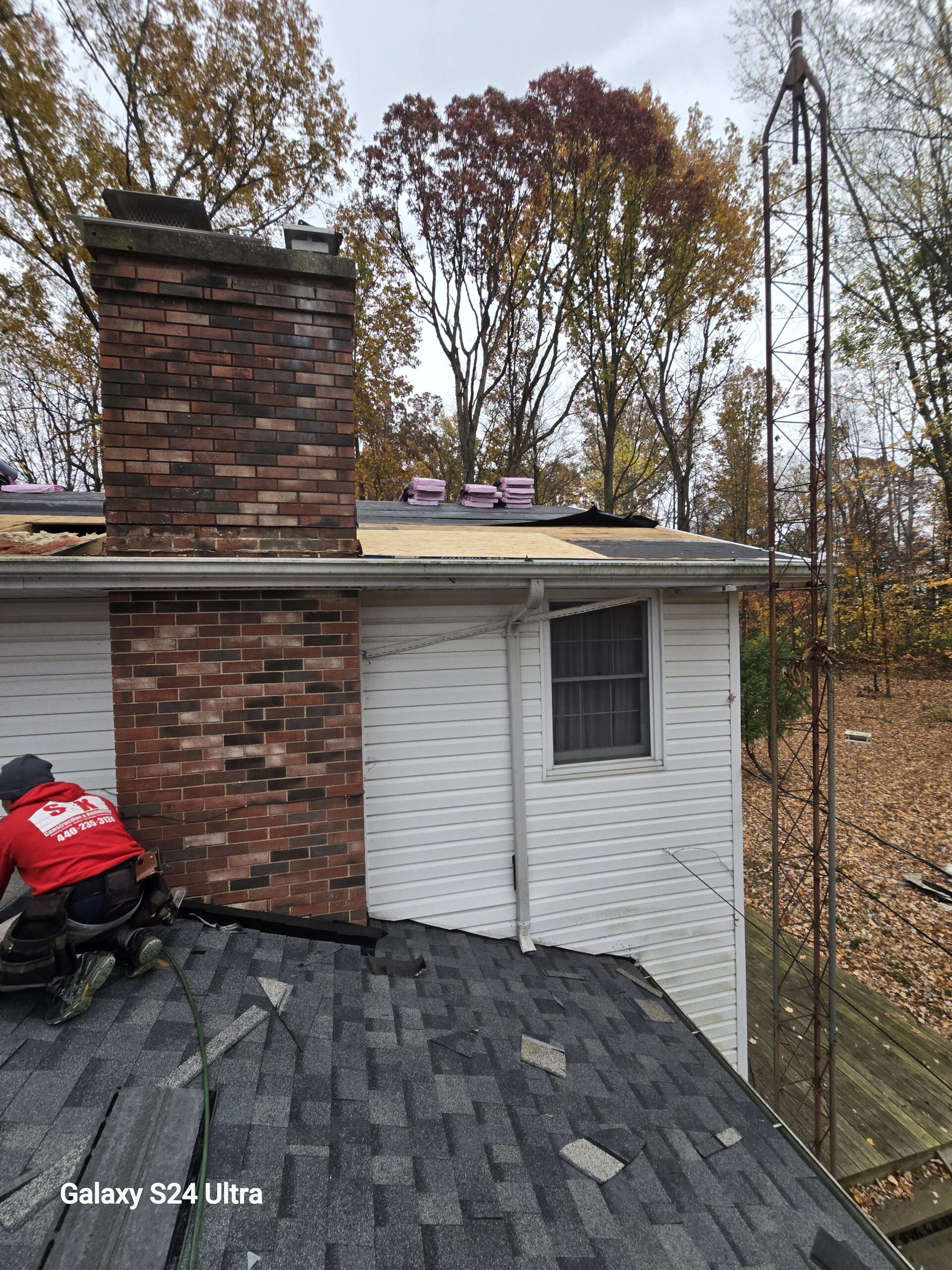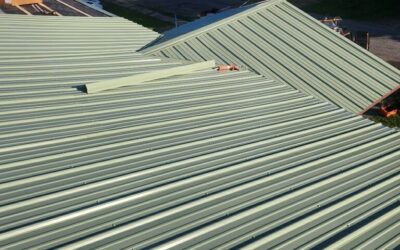Here’s a detailed SEO blog on the topic “Roof Fan Vents: A Comprehensive Guide for Homeowners”, designed for approximately 2,800 words:
Roof Fan Vents: A Comprehensive Guide for Homeowners
When it comes to keeping your home comfortable and energy-efficient, the roof is one of the most critical components to consider. In regions like Northeast Ohio, where the summers can be hot and humid, and winters bitterly cold, effective ventilation is essential. One of the best solutions to ensure proper airflow and temperature regulation in your home is a roof fan vent.
At S&K Construction And Remodeling LLC, we specialize in roofing solutions for homeowners across Youngstown, Medina, Cleveland, and surrounding areas. Whether you’re dealing with scorching summer heat or trying to avoid the formation of ice dams in winter, a roof fan vent is an important investment for your home’s comfort and longevity. This blog will explain everything you need to know about roof fan vents, including their benefits, types, installation process, and the key reasons why they should be a priority for every homeowner.
What Is a Roof Fan Vent?
A roof fan vent is a ventilation system installed on the roof to expel hot air and moisture from the attic or upper part of your home. These fans work in conjunction with soffit vents, ridge vents, and other attic ventilation systems to keep the air in your attic cooler and drier, which ultimately benefits your entire home.
There are two primary types of roof fan vents:
1. Electric Roof Fan Vent
An electric roof fan vent is powered by electricity and typically includes a thermostat or humidity sensor that automatically turns the fan on and off based on the temperature or humidity levels in the attic.
2. Solar-Powered Roof Fan Vent
A solar-powered roof fan vent uses solar panels to power the fan. These are a popular choice for homeowners who want an eco-friendly option with minimal energy costs. Solar-powered roof fans are especially ideal in sunny regions where sunlight can be relied upon for consistent performance.
Why Do You Need a Roof Fan Vent?
Proper attic ventilation is vital for several reasons, especially in areas like Lakewood and Cleveland Heights, where fluctuating weather patterns can cause your attic temperature to rise or fall drastically. Without adequate ventilation, your attic can become a source of ongoing problems, including:
1. Hot Attic
In the summer months, your attic can heat up to extreme temperatures. Without proper ventilation, this heat can transfer into your living spaces, making your home uncomfortable and causing your cooling system to work overtime.
2. Moisture Buildup
Excess moisture in your attic can lead to mold growth, rot, and the deterioration of roofing materials. During the winter, the moisture can freeze, creating ice dams along the eaves of your roof, which can lead to expensive repairs.
3. Energy Inefficiency
If your attic is not ventilated properly, your HVAC system will work harder to keep your home cool in the summer and warm in the winter, resulting in higher energy bills.
4. Premature Roof Aging
Excessive heat and moisture in your attic can damage your roof over time, leading to premature aging of roofing materials, including shingles, underlayment, and decking.
A roof fan vent addresses all of these issues by continuously circulating air and maintaining a consistent temperature and moisture level in your attic.
How Does a Roof Fan Vent Work?
A roof fan vent works by creating a passive airflow system within your attic. The fan draws warm, moist air out of the attic, while cooler, drier air is drawn in through soffit vents or other intake vents at the lower part of the roof. This airflow helps to regulate the temperature and humidity levels in the attic, reducing the risks associated with excessive heat or moisture.
When a roof fan vent is installed, it typically runs automatically when the attic temperature reaches a set threshold (usually around 100°F) or when the humidity levels are too high. The fan then expels the hot air, and fresh air flows in from the soffits or ridge vents, ensuring a continuous exchange of air. This process is essential for maintaining a healthy attic and preventing long-term damage to your roof and home.
Types of Roof Fan Vents
1. Electric Roof Fan Vents
Electric roof fan vents are powered by your home’s electrical system and are designed to run continuously or at set intervals. These fans can be equipped with thermostats, humidistats, or both to regulate when the fan kicks on and off.
Pros of Electric Roof Fan Vents:
- Can run year-round, regardless of weather conditions.
- Highly effective in areas with less sunlight or irregular sunshine.
- Available in different sizes to suit various attic sizes.
Cons of Electric Roof Fan Vents:
- Increases your electricity bill.
- Requires professional installation and potential wiring.
2. Solar-Powered Roof Fan Vents
Solar-powered roof fan vents use solar energy to operate, making them an energy-efficient and eco-friendly option. They are particularly effective in sunny regions and do not contribute to electricity costs.
Pros of Solar Roof Fan Vents:
- Zero operating costs (after initial installation).
- Environmentally friendly.
- No need for an electrical connection.
Cons of Solar Roof Fan Vents:
- Performance can be limited by cloudy weather or shorter daylight hours.
- Higher upfront cost compared to electric models.
- Requires sunny location for optimal performance.
Installation Process for Roof Fan Vents
Step 1: Roof Inspection
The first step in installing a roof fan vent is a comprehensive roof inspection. We’ll assess your attic ventilation needs, roof condition, and the best location for fan installation. We ensure your roof is structurally sound before proceeding.
Step 2: Cutting the Opening
Once the fan location is determined, we cut a hole in the roof to accommodate the fan housing. This needs to be done carefully to avoid damaging any existing roofing materials or compromising the roof’s integrity.
Step 3: Installing the Fan
Next, we secure the fan into place. This involves mounting the fan and sealing around the edges to ensure no leaks. We use flashing to prevent water from getting underneath the fan housing.
Step 4: Electrical Connection (If Applicable)
For electric roof fans, we’ll wire the fan to your home’s electrical system and install any necessary thermostats or humidistats to regulate fan operation. We ensure everything is properly connected and tested.
Step 5: Testing and Final Checks
Once the installation is complete, we test the system to ensure the fan operates as expected. We’ll also inspect the rest of your attic’s ventilation system, including soffit vents and ridge vents, to make sure everything is working harmoniously.
Benefits of Installing a Roof Fan Vent
1. Energy Efficiency
By regulating attic temperatures, roof fan vents help reduce the load on your home’s HVAC system, leading to lower cooling and heating costs.
2. Increased Comfort
With cooler attic temperatures, the entire home will stay more comfortable. This is especially important in multi-story homes in areas like Beachwood or Lakewood, where upper levels can get excessively hot.
3. Protect Your Roof and Home
Proper attic ventilation prevents heat buildup and moisture accumulation, both of which can damage your roof and the interior structure of your home. Roof fan vents help prolong the life of your roofing system.
4. Healthier Indoor Air Quality
By reducing the humidity and moisture in your attic, you can prevent mold growth and improve indoor air quality. This is especially important in homes that experience high humidity levels.
Roof Fan Vent Costs and Financing Options
The cost of installing a roof fan vent depends on several factors, including the type of fan (electric or solar), the size of your attic, and the complexity of the installation. On average, the cost of installing an electric roof fan vent ranges from $400 to $800, while solar-powered options typically start at $600 and can go up to $1,500.
At S&K Construction And Remodeling LLC, we offer financing options to help homeowners manage the cost of attic fan installation. We’re committed to providing affordable, high-quality roofing solutions to residents of Youngstown, Cleveland, and Medina.
Conclusion: Is a Roof Fan Vent Right for You?
A roof fan vent is an excellent investment for homeowners in Northeast Ohio who are looking to improve attic ventilation, reduce energy costs, and protect their homes from the damaging effects of heat and moisture. Whether you choose an electric or solar-powered fan, the benefits of improved attic airflow are undeniable.
At S&K Construction And Remodeling LLC, we specialize in installing high-quality roof fan vents tailored to your home’s specific needs. Our team of experts will guide you through the selection process, ensure a seamless installation, and provide ongoing support to keep your attic well-ventilated for years to come.
Ready to improve your home’s ventilation with a roof fan vent? Contact S&K Construction And Remodeling LLC today for a free consultation. We serve Youngstown, Cleveland, Medina, and surrounding areas, providing top-notch service and expertise.
📞 Call [Insert Phone Number]
🌐 Visit [Insert Website URL]
📅 Schedule a Free Estimate Today
This blog post is optimized for SEO with the keyword “roof fan vent” and includes local mentions for Northeast Ohio, ensuring it is targeted and relevant for potential customers in the area.
 (440) 307-2060
(440) 307-2060



